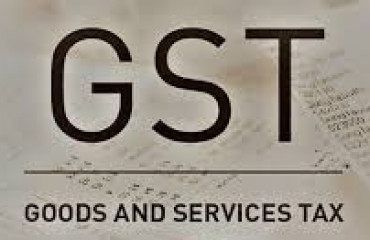
NEW DELHI : The government plans to make e-invoicing mandatory for small businesses with an aggregate turnover of ₹5 crore or more from 1 January to plug tax leakages, according to two government officials, after setting 1 October as the deadline for businesses with revenue of ₹10 crore and above on Monday.
NEW DELHI : The government plans to make e-invoicing mandatory for small businesses with an aggregate turnover of ₹5 crore or more from 1 January to plug tax leakages, according to two government officials, after setting 1 October as the deadline for businesses with revenue of ₹10 crore and above on Monday.
The widened e-invoicing requirement for business-to-business transactions from 1 October will see close to 260,000 additional GST identification numbers (GSTINs) created by entities with an aggregate turnover between ₹10 crore and ₹20 crore. E-invoicing, which is already mandatory for larger firms, is a system in which invoices are authenticated electronically by GSTN for use on the common GST website.
In October, the number of eligible GSTINs getting covered will rise by about 38% from the 420,000 entities with an aggregate turnover of over ₹20 crore that are currently required to do so. As a result, the average monthly e-invoice generation is estimated to go up by 12.5 million from the current 45-50 million.
The Central Board of Indirect Taxes and Customs, in a notification on Monday, extended mandatory e-invoicing for entities with turnover of ₹10 crore from 1 October.
"The plan is to expand e-invoicing for entities with a turnover of ₹5 crore and above from 1 January as we plan to expand it to all business-to-business transactions…widening the scope to cover small and medium entities will help widen GST coverage and plug non-compliance by smaller firms," one of the two officials said.
A business can have more than one GSTIN if it operates in two or more states or Union territories or has multiple business verticals in a state. "E-invoicing has helped improve compliance, which is visible in robust GST collections. It also helps prevents tax evasion. E-invoicing allows real-time tracking of invoices prepared by a supplier, reducing the scope of frauds," the official added.
GST collections for July remained above the ₹1.4 trillion mark for the fifth straight month, with the second highest mop-up of ₹1.49 trillion
Upon authentication, the invoice details are auto-populated in GSTR 1, or the sales return. "This reduces the manual reporting process and thereby the scope of manipulation by invoices. This also ensures that genuine input tax credit can be claimed," a second official said.
Rajat Bose, a partner at Shardul Amarchand Mangaldas and Co, said while lowering the threshold for e-invoicing is in line with the government's efforts to improve compliance, large corporates must ensure that their small vendors adhere to this mandate so that they don't lose input credits.
Harpreet Singh, a partner at KPMG, said small businesses would now need to adopt tax technology solutions to integrate their accounting systems with the government's invoicing portal for all business-to-business transactions.
Transportation, insurance and banking firms, other financial institutions, non-banking financial firms, goods transportation agencies, and passenger transportation services are exempt from e-invoicing. Units in special economic zones are also exempt. Rajat Mohan, a senior partner at AMRG Associates, said the universal application of e-invoicing would ensure seamless filing of returns, and the need for invoice matching would go away. In addition, bringing the supplier and recipient on a single platform would deter businesses from manipulating data.
Queries emailed to a spokesperson for the ministry of finance remained unanswered till press time.
